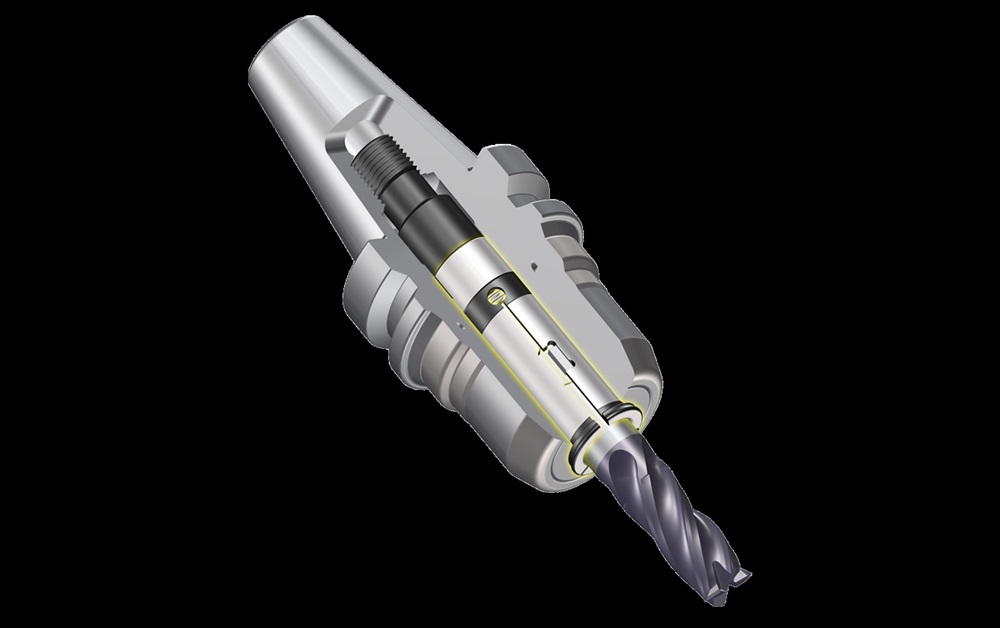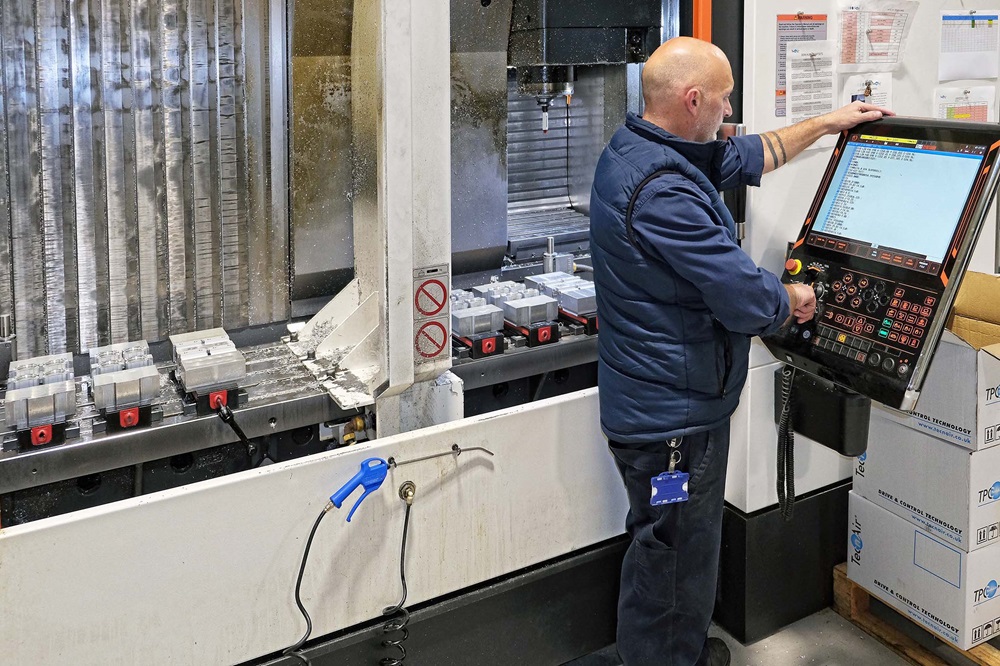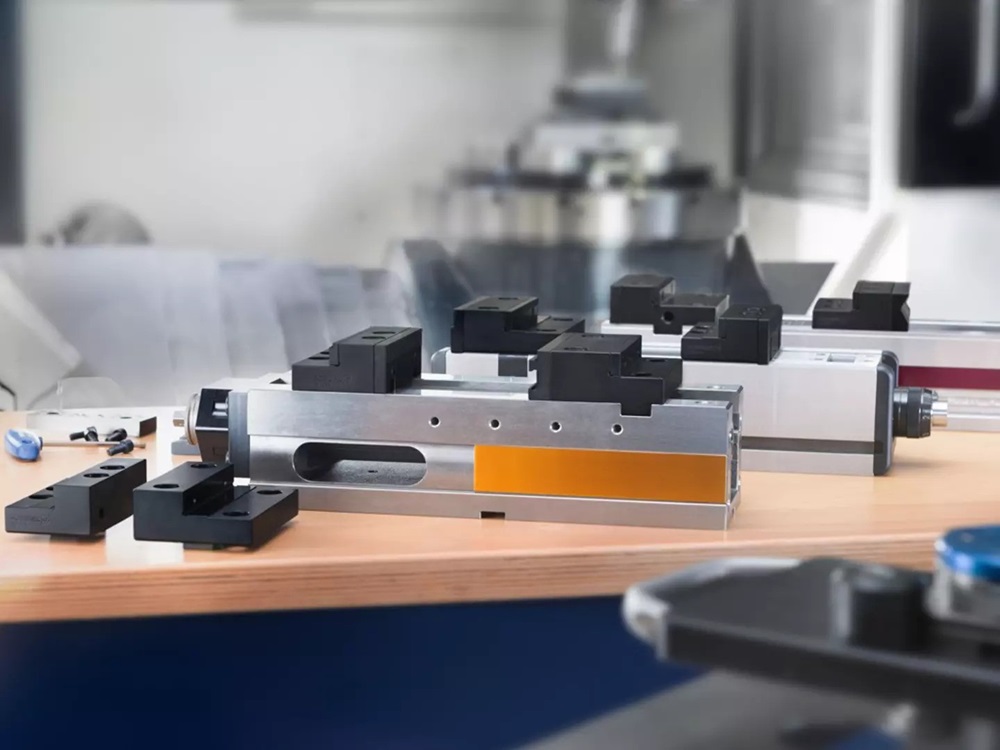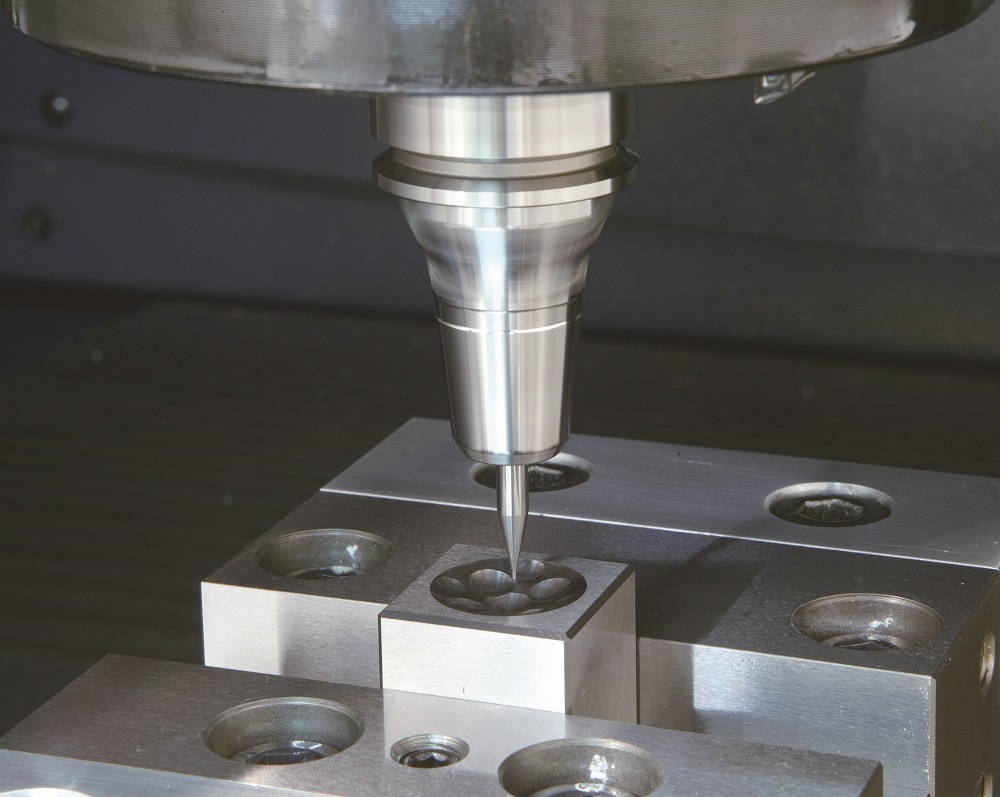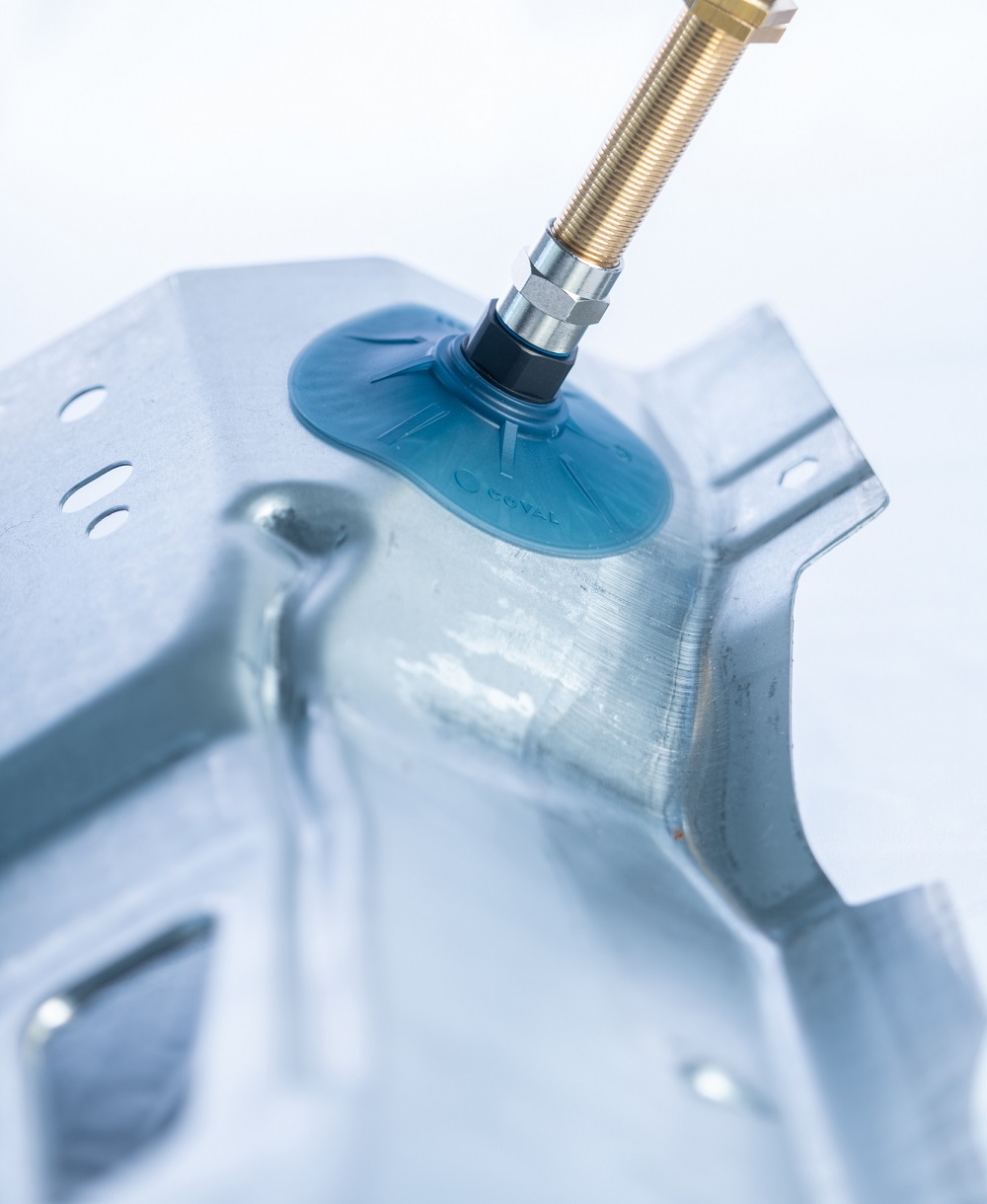High-precision collets with a new anti-pull-out system that guarantees the security and performance of cutting tools is the latest technology advancement available from Industrial Tooling Corporation (ITC). The PG (Perfect Grip) straight collet system from ITC principal Big Kaiser locks the collet and cutter to the tool-holder body, eliminating tool slippage and the potential for pull-out during demanding metal removal applications. The new system is particularly suitable for high dynamic milling and high-speed milling in difficult materials.
Three sizes of collet (10, 12 and 16 mm) are available with the new anti-pull-out system. While larger sizes have been previously available, this is the first time that customers can mill in difficult materials such as Inconel and titanium down to just 10 mm in diameter.
Unlike other systems, ITC says the PG does not require the purchase of specially modified and inherently expensive end mills. Instead, it uses existing standard carbide or HSS end mill designations. Standard notches found on typical Weldon-type end mills will readily accept the locking key insert on the new PG system, enabling fast and easy assembly.
The new PG collet system is for use with Big Kasier’s Mega double power chuck and Hi-Power milling chuck, which are both available from ITC. To improve compatibility and reduce costs, one holder accommodates four sizes. This is credit to the reduction sleeve applied within the collet. Even if a tool suffers damage and operators cannot remove it from the collet, it is possible to disassemble the collet itself from the tool holder.
For further information www.itc-ltd.co.uk






